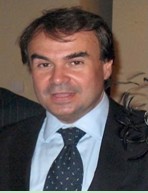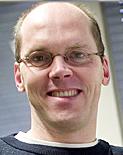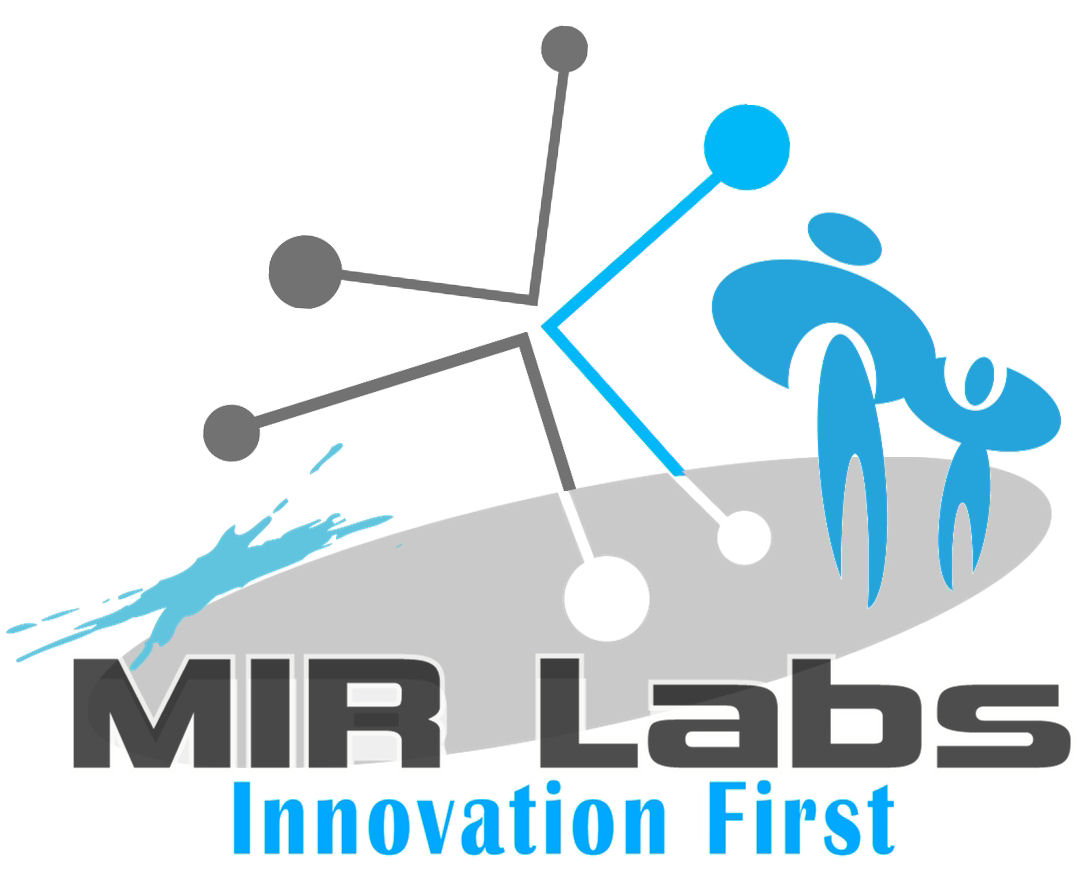
Plenary Speakers
 |
 |
 |
 |
| Francisco Herrera University of Granada Spain |
Diego Andina Technical University of Madrid Spain |
Tom Heskes Radboud University Netherlands |
Senén Barro Ameneiro University of Santiago de Compostela Spain |
——————————————————————————————————————————————–
| Snapshot on the use of Evolutionary Algorithms for Real Parameter Optimization: Milestones and Current Trends Francisco Herrera Department of Computer Science and Artificial Intelligence at the University of Granada |
|
|
[Biography]
He is currently a Professor in the Department of Computer Science and Artificial Intelligence at the University of Granada. He has published more than 200 papers in international journals. He is coauthor of the book “Genetic Fuzzy Systems:Evolutionary Tuning and Learning of Fuzzy Knowledge Bases” (World Scientific, 2001).
As edited activities, he has co-edited five international books and co-edited twenty one special issues in international journals on different Soft Computing topics. He currently acts as Editor in Chief of the international journal “Progress in Artificial Intelligence (Springer) and serves as area editor of the Journal Soft Computing (area of evolutionary and bioinspired algorithms). He acts as associated editor of the journals: IEEE Transactions on Fuzzy Systems, Information Sciences, Advances in Fuzzy Systems, and International Journal of Applied Metaheuristics Computing; and he serves as member of several journal editorial boards, among others: Fuzzy Sets and Systems, Applied Intelligence, Knowledge and Information Systems, Information Fusion, Evolutionary Intelligence, International Journal of Hybrid Intelligent Systems, Memetic Computation, Swarm and Evolutionary Computation.
He received the following honors and awards: ECCAI Fellow 2009, 2010 Spanish National Award on Computer Science ARITMEL to the “Spanish Engineer on Computer Science”, International Cajastur “Mamdani” Prize for Soft Computing (Fourth Edition, 2010).
His current research interests include computing with words and decision making, bibliometrics, data mining, data preparation, instance selection, fuzzy rule based systems, genetic fuzzy systems, knowledge extraction based on evolutionary algorithms, memetic and genetic algorithms. |
|
| Bio-Inspired Learning: Artificial Metaplasticty Diego Andina Technical University of Madrid (UPM) Madrid, Spain |
|
|
[Abstract] |
|
|
[Biography] |
|
| Bayes for brains Tom Heskes Head of Machine Learning Group, Intelligent Systems Institute for Computing and Information Sciences (iCIS),Faculty of Science,Radboud University Nijmegen |
|||||
|
[Abstract] |
|||||
|
[Biography]
Prof Heskes’ research is on artificial intelligence, in particular(Bayesian) machine learning. He works on Bayesian inference(approximate inference, hierarchical modeling, dynamic Bayesiannetworks, preference elicitation); machine learning (multi-tasklearning, bias-variance decompositions); and neural networks (on-linelearning, self-organizing maps, time-series prediction). In anutshell, he and the members of his group use probability calculus andstatistics to design and understand “intelligent” systems that canlearn from data. He is also involved in several projects that concernapplications in, among others, brain-computer interfaces andneuroimaging, adaptive personalization of hearing aids, automatedreasoning, and bioinformatics. Prof Heskes has published over 100research papers in the above area.
Prof Heskes is the Editor-in-Chief of Neurocomputing and AssociateEditor of five other journals. He has served in various committees ofover 50 international conferences since 2004 onwards.
|
|||||





